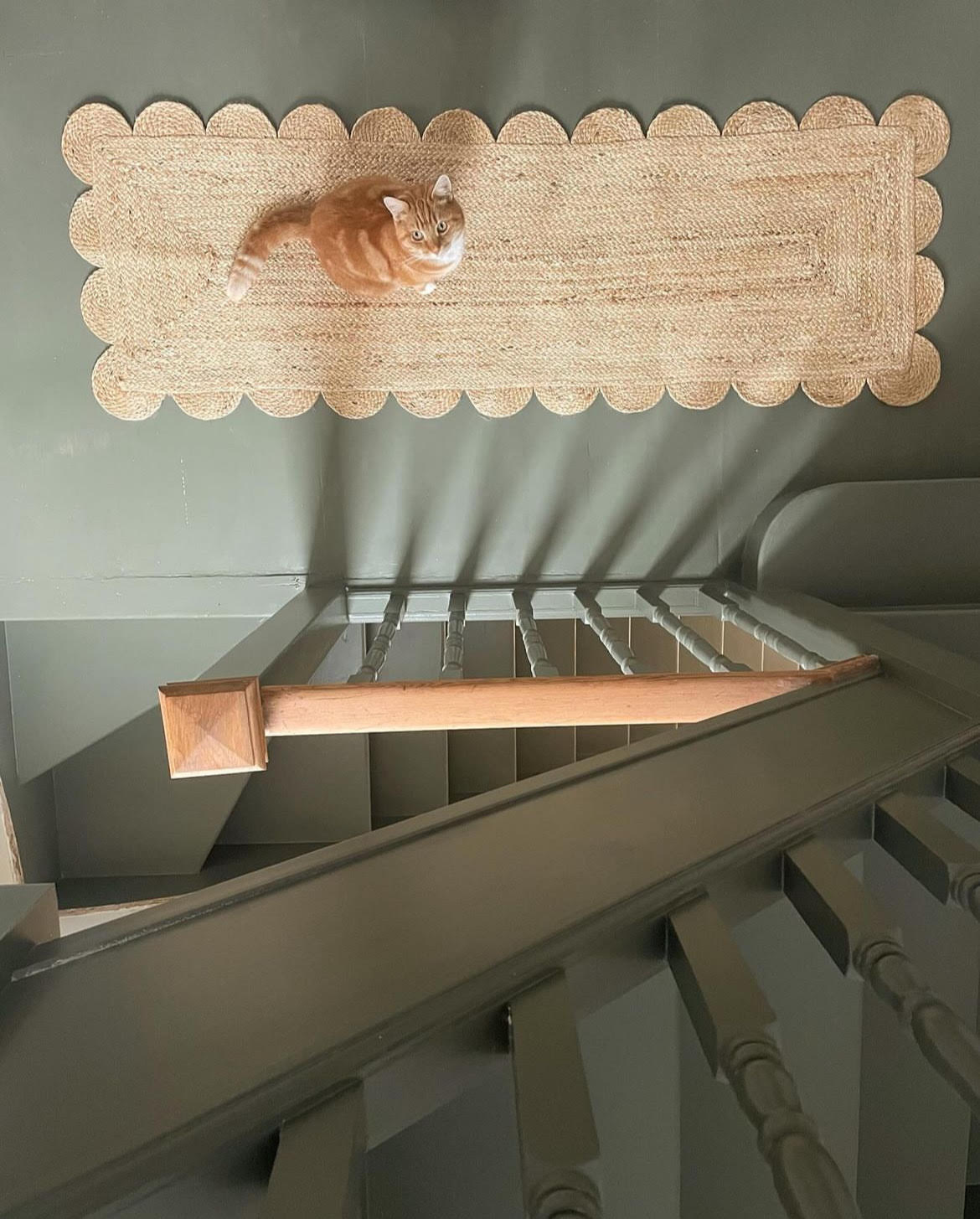
Stairs are a necessary element in any commercial space or home being both functional and aesthetic. Moreover, the handrail of stairs adds a safety feature to them while adding an attractive look stairs and interiors. As important as the stairs are, the handrail is even more important. Therefore, choosing the best handrail material, style, and design is necessary for creating a safe and appealing completed staircase project.
Are you having difficulty choosing the best handrail, material, or design? This comprehensive guide will help find the best design, material, and style for a safe and stunning handrail.
Handrail Materials
Stainless Steel
Stainless steel handrails, including those designed for stairs, are recognized for their robustness, longevity, and resistance to corrosion. They are often paired with wood or glass and contribute to a contemporary and industrial aesthetic. Whether used indoors or outdoors as handrails for stairs, their versatility makes stainless steel handrails an excellent choice for various architectural styles.
Metal
Metal handrails, commonly made from steel, aluminum, or wrought iron, are perfect for achieving a sleek and modern look, especially when used as handrails. These handrails not only boast durability but also demand minimal maintenance. Additionally, wrought-iron handrails can be shaped into intricate designs, adding a touch of classiness to your stairs.
Wood
Wood remains a timeless and popular choice for handrails. It offers warmth and versatility in design. You can use cherry, oak, mahogany, and maple for your wooden handrail for stairs. These species of wood provide diverse colors and interior style options. They are also durable but require high maintenance to avoid wear and tear.
Glass
Looking for a contemporary and open feel to staircases? Then, use glass material for your handrails. Also, they make an excellent choice for modern designs. You have to pair them with stainless steel and metal for structural support. But it is best to want unobstructed views while letting light flow through spaces.
Brass
Brass handrails are known for adding sophistication to your staircase with their warm and classic appearance. Over time, brass develops a unique patina, enhancing its appeal. It is a durable and timeless option. However, you will require a coat of paint over it to maintain it.
Concrete
Looking for ideal staircase handrails for industrial use? Then, go with contemporary handrails, a contemporary and robust choice. They are precast or custom-cast on-site before installation. This material is durable but lacks the warmth associated with other materials.
Handrail Styles
Traditional Handrails
Traditional handrails have classic profiles; you can enhance them with decorative elements like scrolls or curves. Wood and wrought iron are commonly used materials for traditional handrails, adding a timeless and elegant touch to staircases. It is a versatile style that can complement various architectural themes.
Modern and Minimalist Handrails
Modern handrails mean clean lines and simplicity. They often feature sleek materials like stainless steel, glass, or cable. The focus is on creating a discreet and minimalist look. It allows the architectural features of the staircase to shine. This style suits contemporary and urban designs.
Curved Handrails
Curved handrails follow the contour of the staircase, creating a smooth and flowing design. This style is often seen in grand staircases and spiral staircases. Wood and metal can be combined to achieve graceful curves, adding a sense of movement and sophistication to the overall design.
Open Riser Handrails
Open riser staircases, where the steps are not fully enclosed, often pair well with open and airy handrail designs. This style emphasizes transparency, allowing light to penetrate the space and providing a sense of openness. Glass, cable, or metal handrails work well with open riser designs.
Craftsman Style Handrails
Craftsman or Arts and Crafts style handrails emphasize craftsmanship and natural materials. Typically featuring wood, these handrails showcase intricate details, geometric patterns, and a connection to nature. Craftsman-style handrails are often associated with bungalows and homes inspired by the Arts and Crafts movement.
Colonial Style Handrails
Colonial handrails exude a sense of tradition and symmetry. Often made of wood, they feature classic profiles and may include decorative elements such as turned balusters. This style complements homes inspired by colonial architecture and emphasizes a timeless and refined look.
Rustic Handrails
Rustic handrails celebrate the natural beauty of raw materials. Wood with natural finishes, branches, or logs can be incorporated to create a handrail that complements cabin-style or farmhouse interiors. The imperfections and unique characteristics of the materials add to the charm of rustic handrails.
Contemporary Cable Railings
Contemporary cable railings feature horizontal or vertical cables tensioned between posts. It creates an open and sleek appearance. This style is ideal for achieving a modern and industrial aesthetic. Stainless steel or aluminum is commonly used for the structural elements, providing strength and durability.
Conclusion
Hopefully, this comprehensive staircase handrail guide will help you decide the best handrail design, material, and style for your staircase. The handrail style depends on your budget and the interior design of your house, too. The style of the handrail should match the design and theme of your house’s decor.